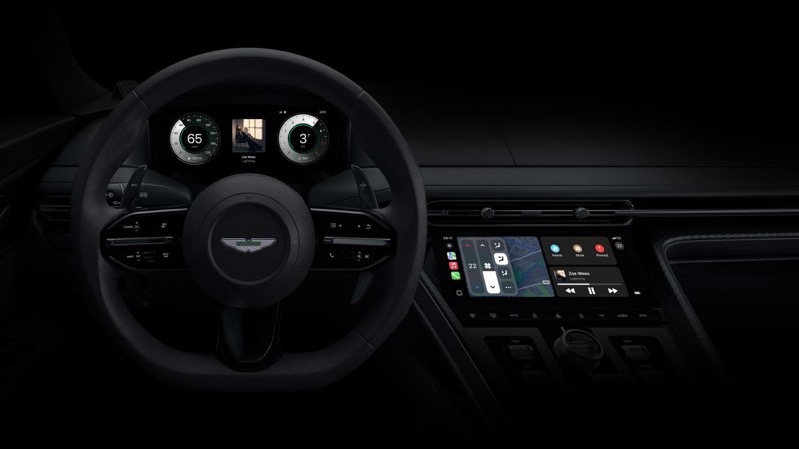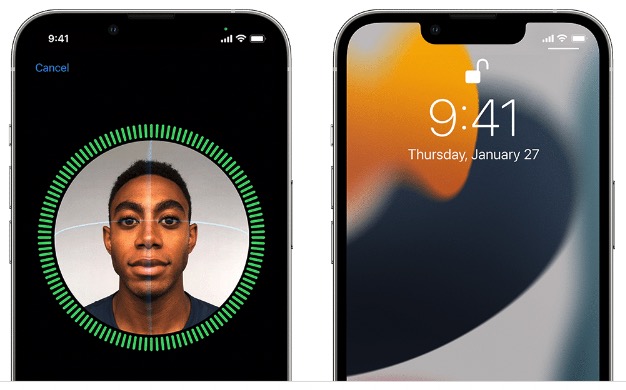
PlayStation Reveals the PSVR2 Prototypes That Led to the Final Design
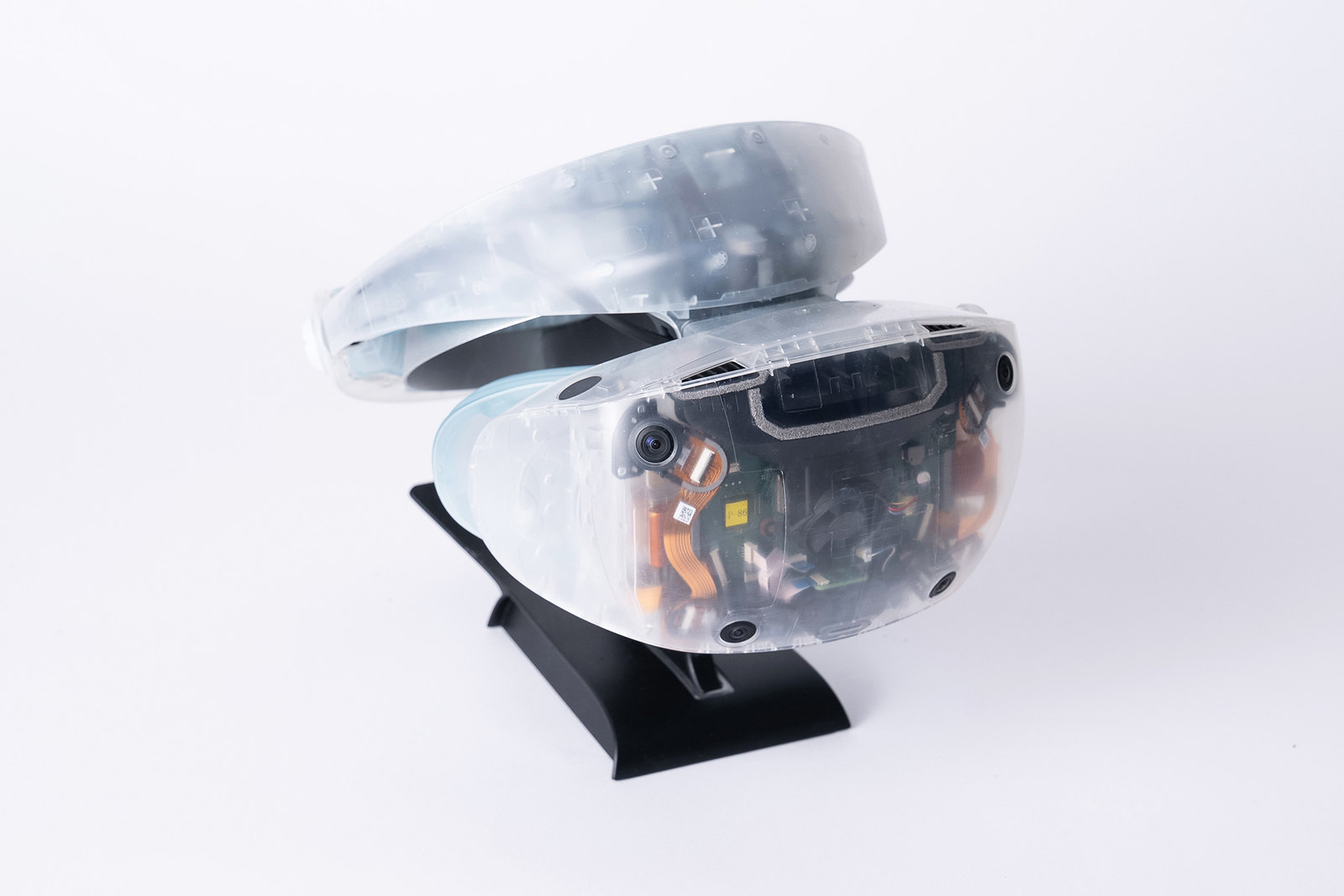
It’s been roughly six months since PlayStation VR2 has hit global markets. The VR headset is a notable upgrade from the original hardware, bringing 4K support, eye-tracking capabilities, as well as improved comfort. It also introduced audiences to the Sense controllers, which integrate many of PlayStation 5’s adaptive trigger and haptic technology.
In an extensive PlayStation Blog post, PS VR2’s Product Manager Yasuo Takahashi sat down for a Q&A regarding the innovative technology. Alongside the many answers from Takahashi, PlayStation revealed a fantastic look at the PSVR2 in development.
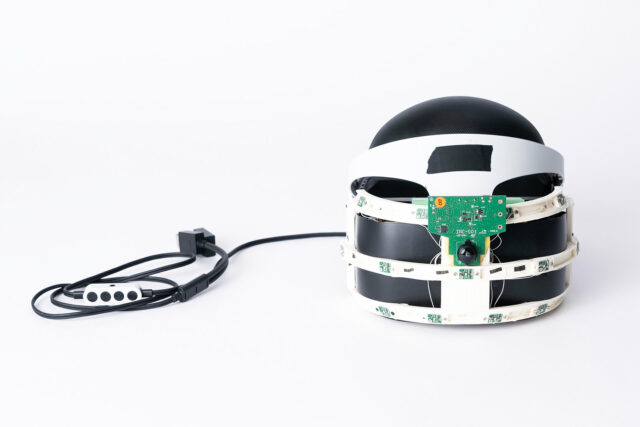
Source: PlayStation
As Takahashi explains, the first prototype concentrated on bringing new features that would reflect the generational leap from the original PSVR headset. Since PlayStation wanted to ditch the PlayStation Camera and PS Move controllers, the company began experimenting with IR LEDs. The first prototype featured IR LEDs for outside-in tracking and a see-through camera on the front and center of the headset.
“After we performed functional evaluations, we then integrated the components into the actual system,” Takahashi says. “The “tracking system study prototype” was a prototype created just prior to the integration, and although it was very large and heavy, it served an important role for evaluation.”
The PlayStation development team then looked at how impressive features could be paired with a lightweight design. ” We added many features, but in the end, we put a lot of thought into the materials and shape to make the headset feel lightweight.”
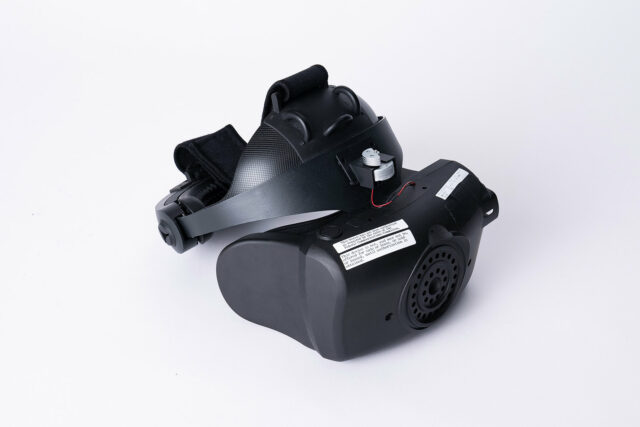
Source: PlayStation
Eye-tracking was a big breakthrough for PlayStation and a nice feature to use in games like Horizon: Call of the Mountain. “We also looked at foveated rendering to achieve a high-fidelity visual experience, which is a technique that optimizes the resolution of where the player is looking at, while reducing rendering performance of the surrounding peripheral vision,” Takahashi explains.
Apparently, the team worked with PlayStation Studios to evaluate which kind of headset feedback would be more effective when playing games. Haptics and tracking can make a world of difference when it comes to immersion. During a PlayStation event in San Fransisco, the development team brought the prototypes from Japan and made adjustments based on feedback based on members of the team.
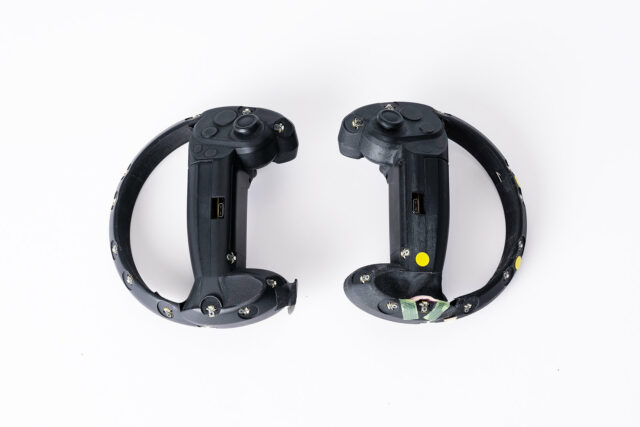
Source: PlayStation
Takahashi also explains how the new Sense controllers came to be. PlayStation’s development teams added innovations from the PS Move controllers, using the Dual Sense as inspiration. The Sense controllers also introduce finger touch detection. Apparently, a lot of time went into ensuring the controllers had a lightweight design.
“In the earliest prototype we used a different tracking method and utilized the sphere from the PlayStation Move controller. It also included features such as adaptive triggers, haptic feedback, finger-touch detection, and L1/R1 shoulder buttons. We equipped these features in the prototype to verify which features were the most important.”
Once again, one of the early prototypes began testing inside-out tracking, experimenting with IR LED placement. Various controller designs were also made with different shapes. It wasn’t before long that Takahashi and his team landed on the final shape. Only the main difference was the previous iteration was too large to hold for extensive play sessions.

Source: PlayStation
Takahashi emphasizes how important feedback was from PlayStation Studios. The team would provide feedback on specs from an early stage.
When asked about his proudest moments regarding PSVR2, Takahashi states, “The original PS VR was used by many game developers to expand the world of VR games, and we believe that the PS VR2 pushes the boundaries even further.”
